RePlastic is a mobile app concept designed to help users know what plastics they can recycle, where they drop off recyclable materials, and learn about plastic recycling.
Tools: Adobe Photoshop, Illustrator, XD, InDesign, Figma
The Process
Discover > Define > Develop > Deliver
Discover > Define > Develop > Deliver
In my research, I focused on attitudes towards recycling. Since recycling is dependent on location– and the facilities that service those locations– I wanted to see what motivated people to recycle, and if they did so in the first place. I learned that people think recycling is beneficial but may not really know why beyond the common “it’s good for the environment.” I also learned that situational factors were the biggest influence to whether or not someone would recycle. When concerning plastic materials, there was more confusion. Plastic recycling isn’t so simple, so people rely on resin codes (those little numbers in the triangle of arrows) to determine recyclability of an item. Generally, people that recycle are motivated in part by collectivism, doing the right thing, and some concern about the environment or appearance of the environment.
Discover > Define > Develop > Deliver
The Problem
How might we help users reduce the amount of their plastic waste that ends up in the environment?
Target User Segment
Users that know about recycling
Users that do recycle, but aren’t confident in their depth knowledge
Users that have access to recycling (such as in suburban and urban areas)
Users that try to avoid producing excess waste
Discover > Define > Develop > Deliver
Persona
Solution
A mobile app that allows users to search if a plastic item is recyclable, where to recycle it, and learn about plastic recycling.
Why?
There were three main opportunity areas identified: what to recycle, guiding access, and education. Additionally, research indicated that situational factors (access) influence whether someone would recycle something.
Context Scenario
Jacob finishes a bottle of mayo after preparing lunch. After eating lunch, Jacob cleans up. Wonders if the bottle is recyclable
Jacob opens RePlastic and searches to see if the mayo bottle is recyclable. The app tells him that it is. “Awesome,” Jacob thinks.
The app provides information on how to recycle the mayo bottle, which Jacob follows.
Jacob puts the mayo bottle into his recycling bin.
Jacob is curious about why the bottle is recyclable. The app is able to tell him information about plastic and recyclability. Since Jacob’s daughter is asleep, he decides to read a little about this.
Jacob’s daughter wakes up. He closes the app.
User Flows
Click on the images to zoom in.
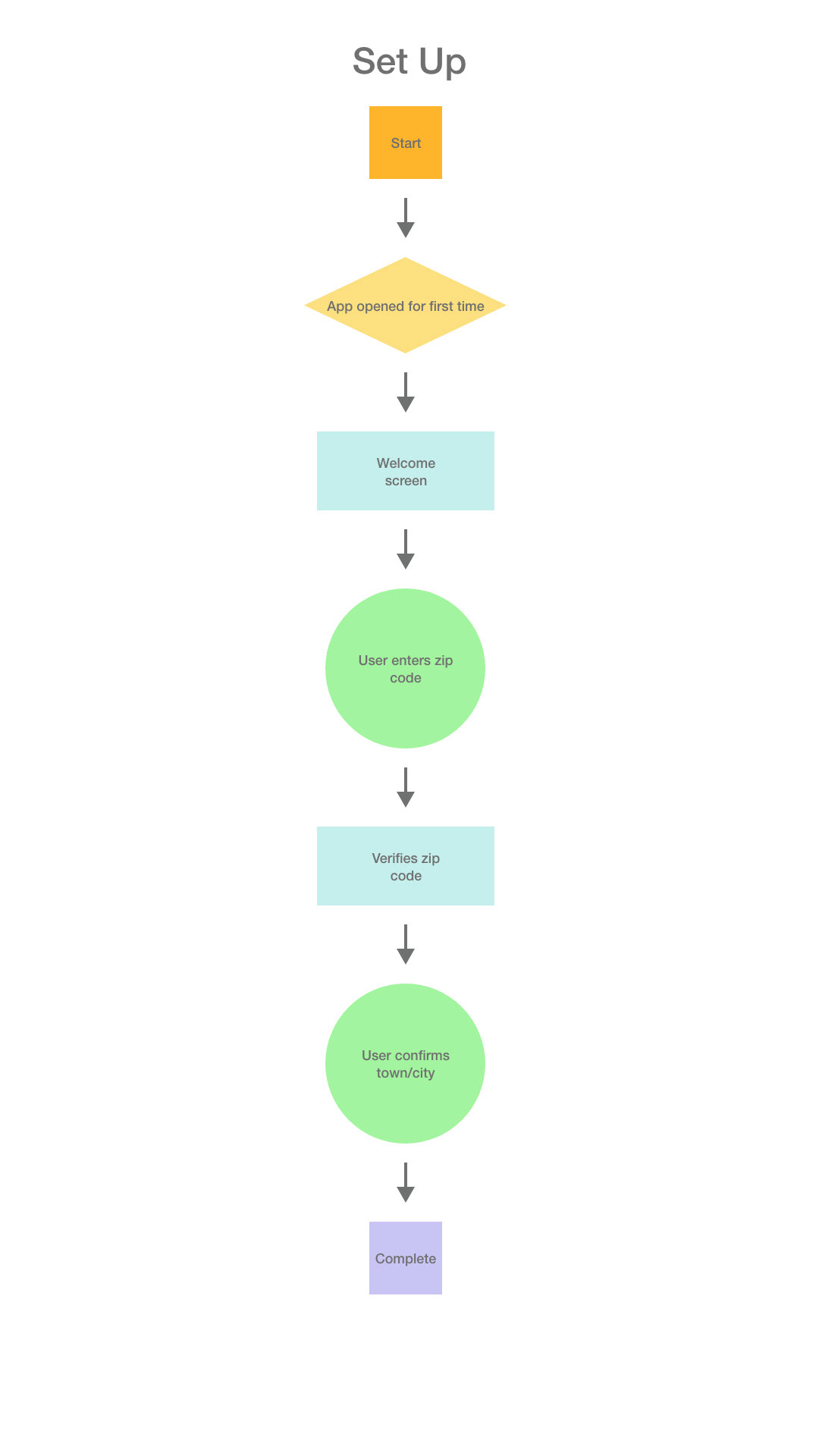



Wireframes
Click on the image to zoom in.
Usability Testing
Testing was conducted to ensure that the navigation and flow of the app were optimized for users. To conduct this test, a digital prototype was created and participants were sent a survey to complete regarding their experience using the prototype. The testing was conducted asynchronously.
Results
Overall, participants of the usability testing were able to navigate through the prototype and that it was easy to learn. There were a few critiques and suggestions: transitions felt static, there was no backtracking between learning screens, the map icon should be closer to the search icon on the navigation bar. All of the critiques and suggestions were taken into consideration and changes were made to the screen to reflect them.
Discover > Define > Develop > Deliver
The goal of delivery was to develop a high fidelity prototype, style guide, and demo video (at top). Scroll below to see a few screen captures, the style guide, and prototype.
Style Guide
The style guide was created in Adobe InDesign, and includes the typography, colors, buttons, inputs, and navigation elements. The RePlastic Style Guide ensures consistency in the UI, as well a guiding a strong visual identity for the app.
Or, view the style guide below.

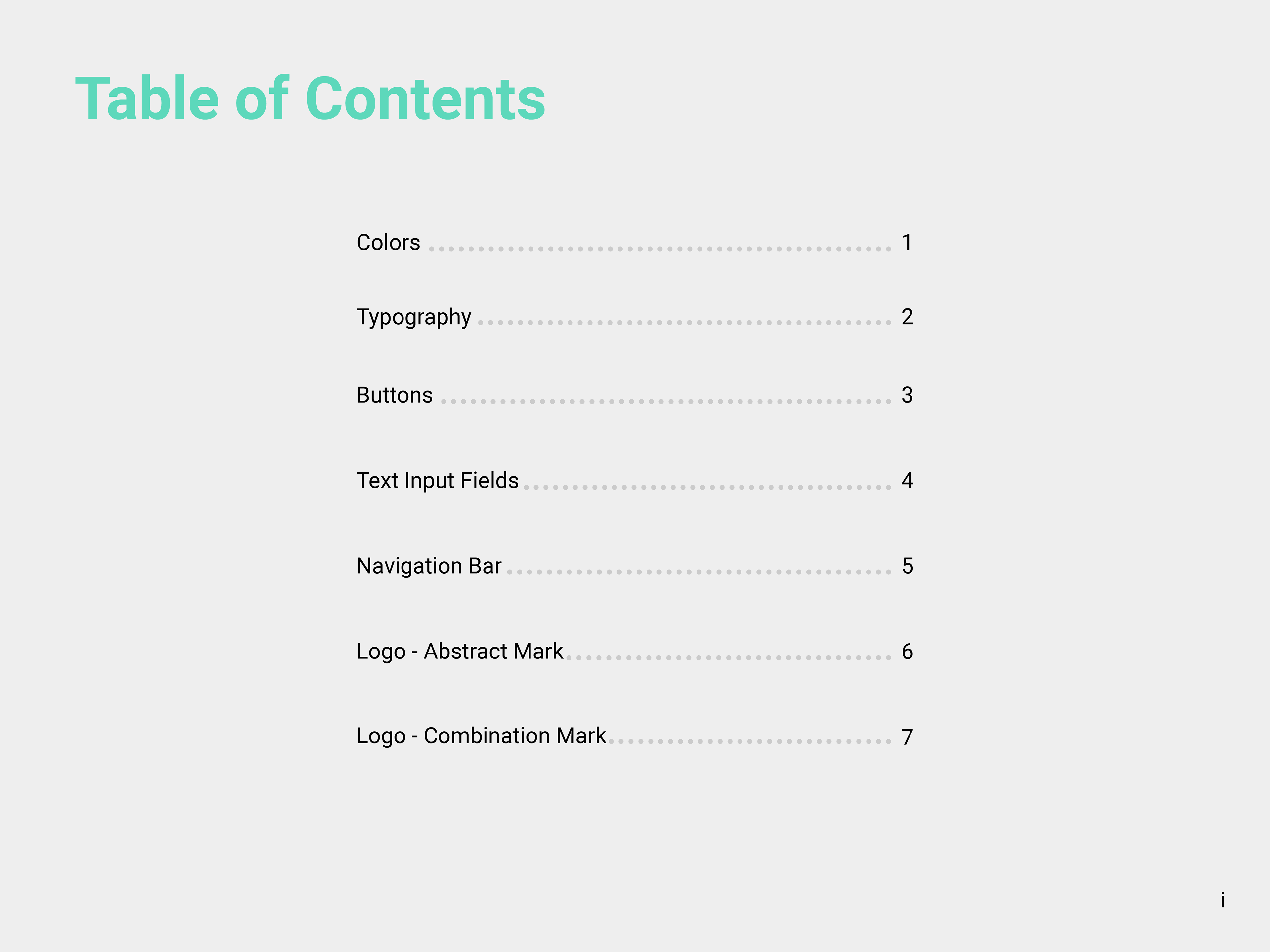

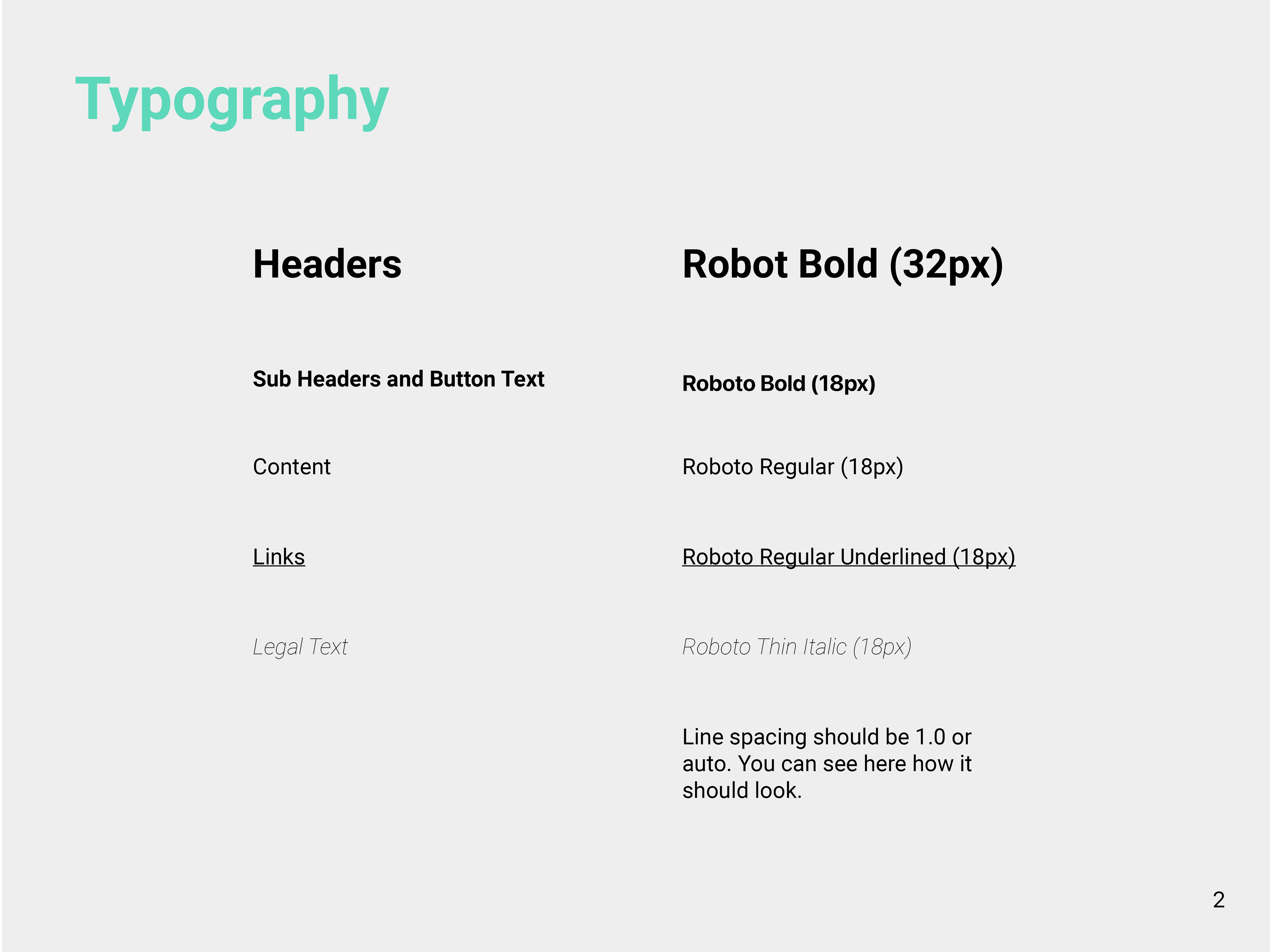
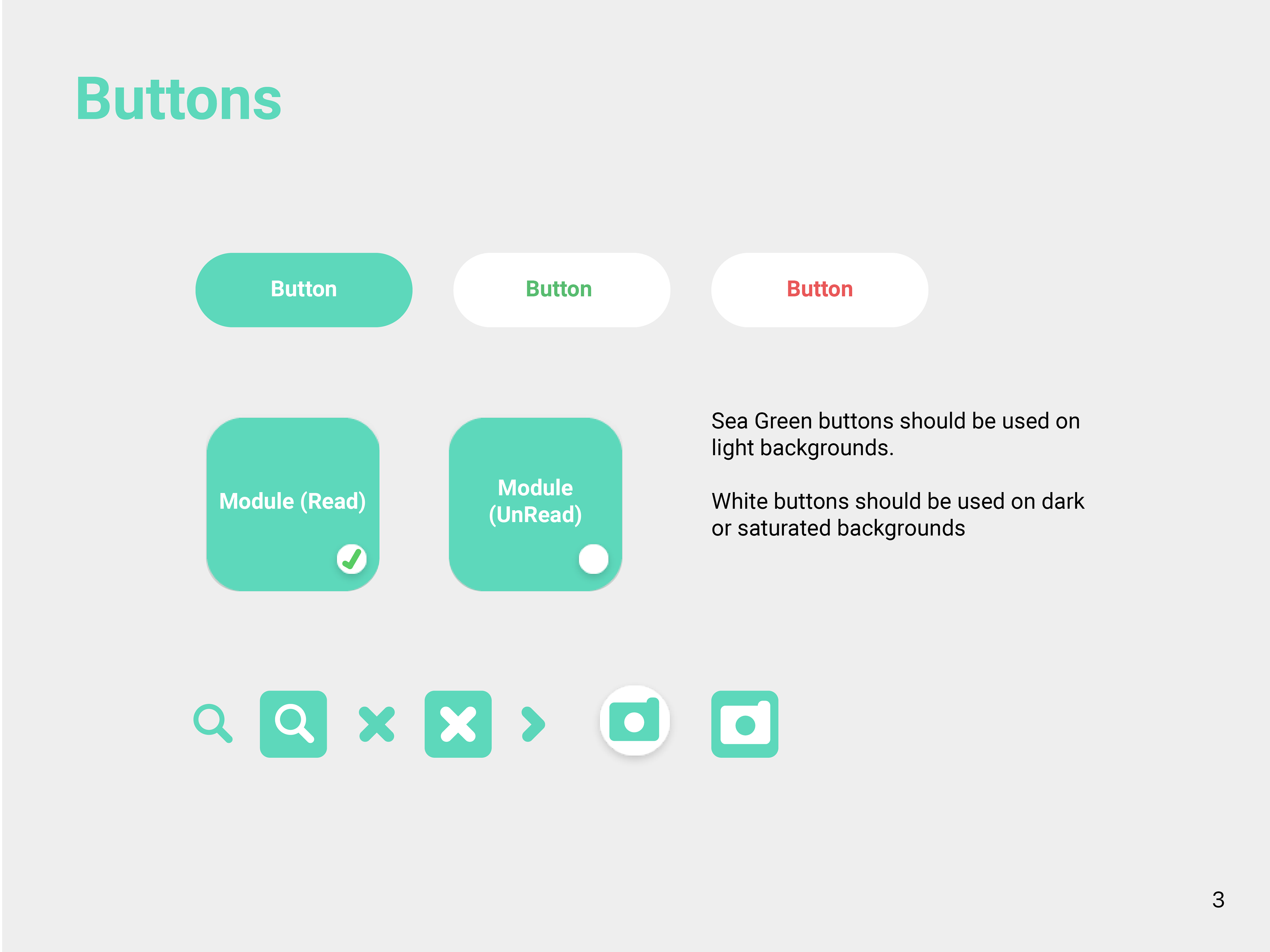
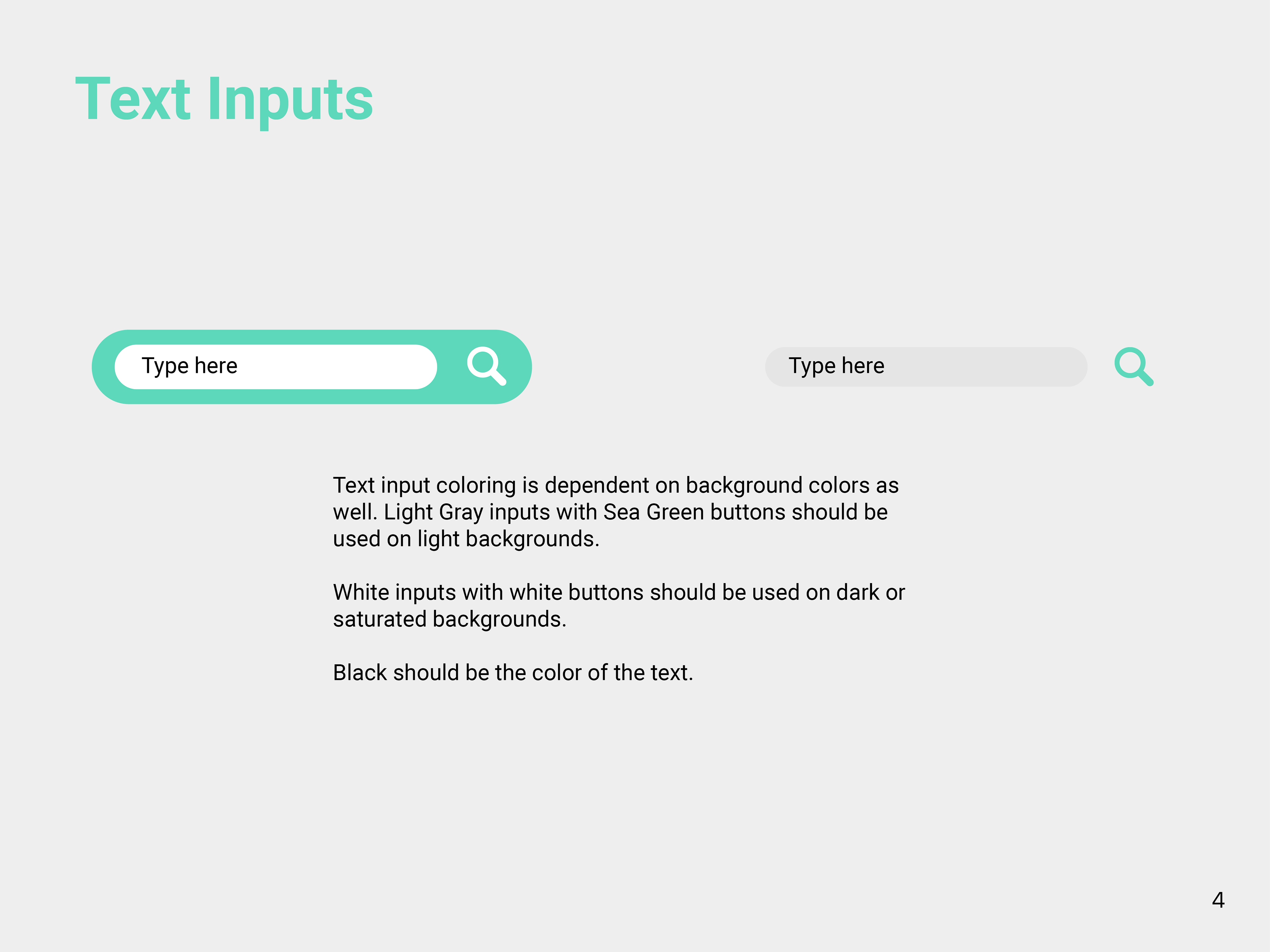


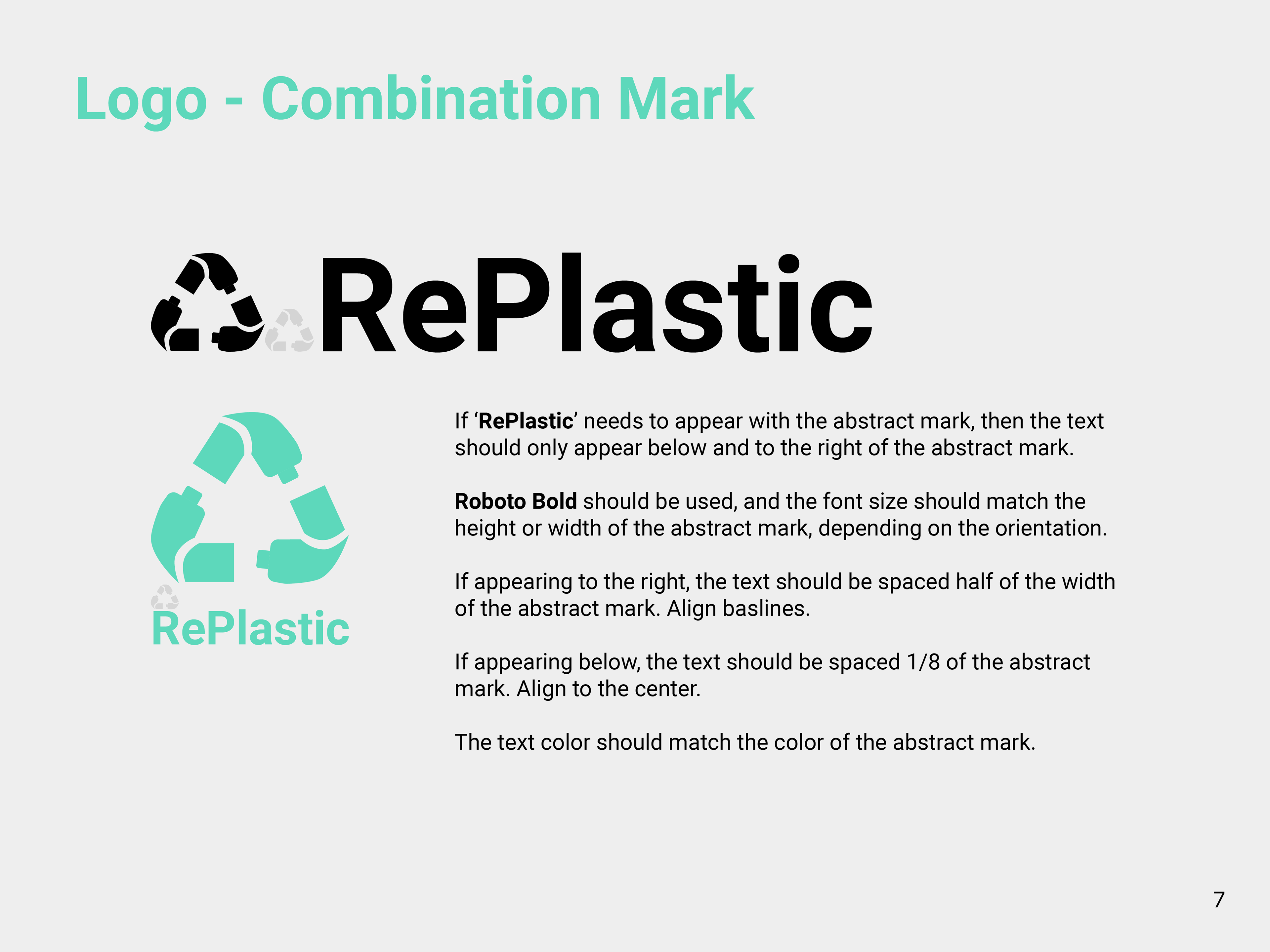
Prototype
To provide proof of concept, the final step for RePlastic was to create a high-fidelity digital prototype that would guide a potential development process and demonstrate how the user would interact with the app.
Sources
Earth911 and Institute of Scrap Recycling Industries.(2014, July 30). New poll reveals lack of information causes consumer confusion over plastics recycling. https://www.isri.org/news-publications/news-details/2014/07/30/new-poll-reveals-lack-of-information-causes-consumer-confusion-over-plastics-recycling
Heidbreder, L., Bablok, I., Drews, S., & Menzel, C. (2019). Tackling the plastic problem: A review on perceptions, behaviors, and interventions. The Science of the Total Environment, 668, 1077–1093. https://doi.org/10.1016/j.scitotenv.2019.02.437
Mogensen, J. F. (2019, August 30). One very bad habit is fueling the global recycling meltdown. Mother Jones. https://www.motherjones.com/environment/2019/08/recycling-wishcycling-china-plastics-zero-waste-bags-straws/
Mogensen, J. (2019). How we trashed recycling: Every little bit did not help. Mother Jones, 44(5), 66+.
Rhein, S., & Schmid, M. (2020). Consumers’ awareness of plastic packaging: More than just environmental concerns. Resources, Conservation and Recycling, 162, 105063–. https://doi.org/10.1016/j.resconrec.2020.105063
Robinson, S. (2018, April 24). The dangers of ‘wishcycling’. Waste Management Media Room. http://mediaroom.wm.com/the-dangers-of-wishcycling/
Content
American Chemistry Council. (n.d.). How plastics are made. https://plastics.americanchemistry.com/How-Plastics-Are-Made/.
ASTM D7611 / D7611M-20, Standard Practice for Coding Plastic Manufactured Articles for Resin Identification, ASTM International, West Conshohocken, PA, 2020, www.astm.org.
Cho, R. (2020, March 13). Recycling in the U.S. is broken. How do we fix it? State of the Planet. https://blogs.ei.columbia.edu/2020/03/13/fix-recycling-america/.
Freinkel, S. (2011, May 29). A brief history of plastic’s conquest of the world. Scientific American. https://www.scientificamerican.com/article/a-brief-history-of-plastic-world-conquest/.
Hopewell, J., Dvorak, R., & Kosior, E. (2009). Plastics recycling: challenges and opportunities. Philosophical transactions of the Royal Society of London. Series B, Biological sciences, 364(1526), 2115–2126. https://doi.org/10.1098/rstb.2008.0311.
Parker, L. (2019, June 7). Plastic pollution facts and information. National Geographic. https://www.nationalgeographic.com/environment/article/plastic-pollution.
Plastics Industry Association. (n.d.). History of Plastics. https://www.plasticsindustry.org/history-plastics.
United States Environmental Protection Agency. (n.d.). Toxicological threats of Plastic. https://www.epa.gov/trash-free-waters/toxicological-threats-plastic.

